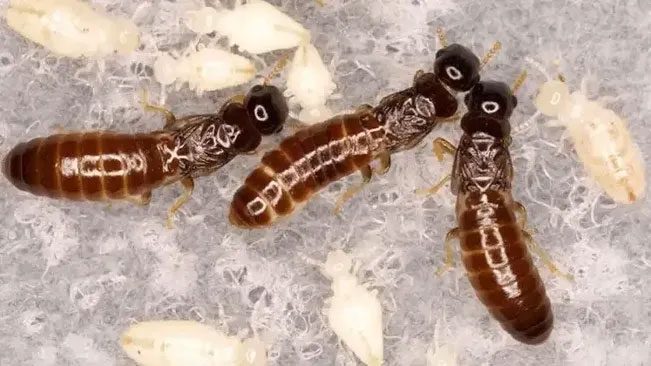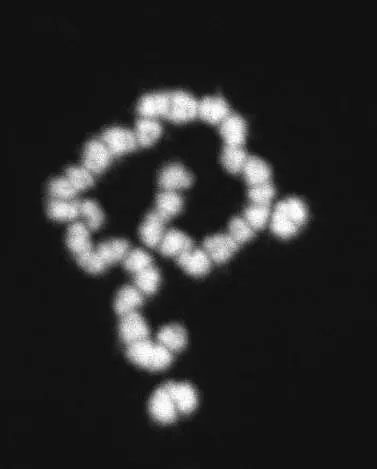An international team of scientists has revealed that the community of drywood termites from Japan is the result of random hybridization. Their robust survival traits pose a threat to global ecosystems.
According to research conducted by entomologist Nathan Lo from the University of Sydney in Australia, these termites have the potential to survive from the previous century and are a hybrid between two different termite species. Scientists warn that they could soon dominate native populations and gradually invade many other regions around the world.

The hybrid termite community is stronger than non-hybrid versions.
“Currently, Australia has several dangerous termite species. Through this research, my team aims to emphasize the importance of preventing foreign termites from mating with toxic termites in Australia, lest we see the emergence of even worse termite subspecies,” Dr. Lo stated.
The study demonstrates that the hybrid termite community is stronger than non-hybrid versions. They have the ability to reproduce without males, allowing their numbers to increase rapidly compared to sexually reproducing populations. This research shows that males are not always a crucial component for maintaining a complex animal society.
The research team had the opportunity to encounter this all-female termite species in 2018. They belong to the species Glyptotermes nakajimai, primarily found in the southern regions of the Japanese mainland and on southern islands.
This termite species is known for sexual reproduction, but the hybrid termites from Japan are entirely different; they do not require males to sustain their lineage. Science classifies them as parthenogenetic, a form of asexual reproduction where an embryo develops from an unfertilized egg.
Scientists expanded the project to delve deeper into the structure of the drywood termite species to determine the relationship between sexually reproducing individuals and asexually reproducing ones, while also studying male chromosomes. Another goal is to investigate the reasons behind the formation of all-female termite communities, whether it is due to hybridization between two subspecies. After identifying a direction, they proceeded to study multiple drywood termite colonies on several islands in Japan.
Through field research, the scientific team determined that the hybridization between two subspecies with different chromosomes is the reason for the formation of the all-female termite community. The female termites from one island mated with male termites from another island, facilitated by trade ships from various regions.
Hybrid mating often results in harmful mutations, producing robust individuals but with many underlying issues. Evidence shows that hybrid drywood termites have a high adaptability without the need for moist conditions to burrow, posing a significant threat to ecosystems. The team then proceeded to study the chromosomes of male drywood termites.

Strange chromosome image of male drywood termites
After analyzing the chromosomes, scientists discovered an unusual point in male termites: they possess up to 15 Y chromosomes or 15 X chromosomes, instead of one Y or X chromosome. They speculate that this may be an evolutionary response to inbreeding, which is common among termites.
“Instead of risking venturing outside, the young can inherit the nest from their parents, then continue to burrow into the wood and create a nest for themselves. However, this leads to many instances of inbreeding, with sister termites mating with brother termites, and even with their own parents,” Lo explained.
Thus, by increasing the number of chromosomes, male termites pack many diverse genes, allowing close relatives to mate without causing dangerous genetic consequences. However, this diversity is not related to the emergence of the all-female termite community. “Our results indicate that asexual reproduction allows females to replace the crucial role of males,” the scientific team stated.
While praising the marvels of the “matriarchal” community, entomologists and conservationists also warn that every country needs to be vigilant against any threats posed by them.


















































